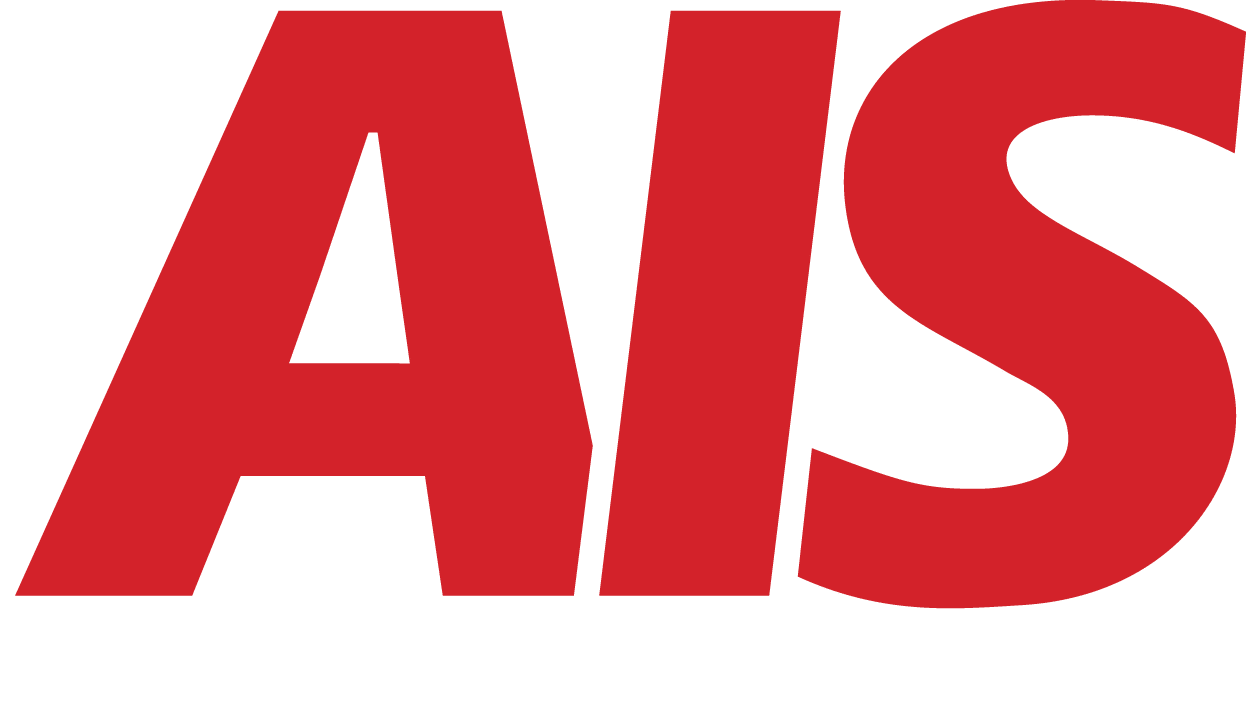Breaking Down the Monthly Cost of VoIP: What Are You Actually Paying For?
June 17th, 2025 | 6 min. read

Thinking of switching your business phone system to VoIP? You're not alone. Many companies are making the switch for better flexibility, modern features, and cost savings. But when you dive into pricing, things can get confusing fast.
That initial $15-per-user sticker might not mean much until you get the first bill, with extras you didn’t expect. This guide is here to help.
We'll walk through every line item you can reasonably expect to see on a VoIP bill—and flag the hidden fees that can sneak up on you.
The Baseline: Per-User (or Per-Line) Licensing
Every VoIP provider charges a basic monthly subscription, usually per user or phone line.
- Hosted VoIP systems typically cost between $10 and $30 per user per month.
- Premium plans (including features such as video conferencing, call reporting, and CRM integration) can cost over $40 per user.
- Some enterprise plans offer flat “per-line” pricing, ideal for shared-call inboxes, such as receptionists or service desks.
This licensing is your foundation. Understanding what’s included in each tier and what’s not is step one.
Phone Number Charges: Local, Toll-Free, and International
Most plans bundle in at least one local number (DID). But if your business needs more:
- Toll-free or vanity numbers often incur an additional cost of ~$2–$5 per month.
- Moving your existing business number typically involves a porting fee (~$5–$30).
- International or non-standard numbers may carry additional charges, so always check the rate sheet.
These fees add up, especially if you're setting up multiple numbers for different departments or regions.
Calling Plans: Flat Versus Metered
Many VoIP vendors include unlimited domestic calling in their standard plans. But if you're doing a lot of international or toll-free calling:
- International minutes are often billed at a per-minute rate (~$0.01–$0.05).
- Toll-free numbers may have different usage rates.
- Some providers include limited international minutes; after that, rates can spike.
Tip: Check the geographic destinations your team calls most frequently, and compare plan rates before making a choice.
Hardware: Phones, Adapters, and Headsets
VoIP licensing doesn't include hardware, which is typically charged separately:
- Basic IP desk phones: ~$50–$100
- Mid-range models (color display, programmable keys): ~$100–$250
- Advanced phones (video, conference units): ~$300+
You can also run VoIP through software “softphones” on desktops or mobile devices, reducing hardware costs.

Installation & Setup Fees
Even cloud VoIP often comes with initial add-ons:
- One-time setup fees ranging from ~$100–$500+ for numbers, porting, and user configuration.
Related Article: New Phone Install: How To Get Ready. - Network readiness upgrades, such as QoS configuration or firewall tweaking, may incur additional costs.
- Integrations (e.g., linking VoIP to CRM or ticketing systems) often carry extra fees.
Many providers roll setup costs into 12-month prepay offers. But if you’re month-to-month, make sure to ask before signing.
Add-Ons You May Need
Attractively priced base plans sometimes exclude popular add-ons:
- Voicemail-to-email transcription
- Call recording & analytics
- Auto-attendant and call queue tiers
- International numbers and SIP trunking
- Softphone apps, SMS, and fax-to-email
- Priority support or dedicated account reps
These enhancements typically range from ~$5 to $15 per month per feature. They add up quickly.
Hidden Charges to Watch Out For
Even transparent providers can surprise you with:
- Late payment, overage, or account reactivation fees
- Taxes, regulatory fees, and telecom surcharges—often ~5–15% of your bill
- Early termination charges if you're locked into a contract
- Support tiers, like 24/7 access or VIP escalation
Always ask for a sample invoice before committing. It should look and feel familiar when you receive your bill.
VoIP vs. Traditional PBX: A Cost Comparison
How does this all stack up to traditional systems?
|
System Type |
Upfront Cost |
Ongoing Monthly Cost |
|
Legacy PBX/LL |
High (servers + setup) |
Landline fees, maintenance |
|
On-prem VoIP PBX |
Moderate to high |
License + IT upkeep |
|
Hosted VoIP |
Low to none |
Predictable per-user fees |
Hosted VoIP typically wins on flexibility and stability, with no costly hardware outlay and predictable growth costs. Traditional setups may have lower monthly bills, but you’re paying for equipment, IT, and limited scalability.
Real-World Scenarios at Different Business Sizes
10-User Startup
- Licensing: 10 × $20 = $200/month
- 2 toll-free DIDs: +$8
- Call recording: +$50
- Setup + phone hardware: $1,200 upfront
Why it’s smart: Everything’s predictable and scalable; you avoid unexpected bills when growth (or incidents) hit.
50-User Enterprise
- Licensing: 50 × $25 = $1,250/month
- 5 DID numbers (local + toll-free): +$25
- CRM-integrated advanced features: +$250
- Porting + premium support: $750 upfront
Why it hits: Bundled features and integrations matter more here than minimizing hardware costs. The system scales with team needs.
Tips to Reduce Monthly VoIP Costs
- Negotiate user tiers (many providers offer lower per-user rates for higher volume)
- Buy hardware outright for cost certainty (leasing costs more over time)
- Bundle domestic and international calling
- Audit unused features (stop paying for call recording you never listen to)
- Consider annual prepay for discounted rates
Predictable telecom means predictable budget, and fewer “billing surprises.”
Final Thoughts: You’re Paying for Value, Not Just Lines
When you look past the $20-per-user sticker, you start to see where the real value lies:
- Hot-swappable desk vs. mobile apps
- Support that actually answers when your phone goes down
- Integration with CRM or collaboration tools
- Features that grow with your business, without hardware upgrades
VoIP isn’t just about the lines. It’s about giving your team faster answers, better data, and the flexibility they need. And unlike traditional systems, it doesn’t require a quarter-million-dollar initial investment.
How AIS Can Help You Navigate VoIP Pricing
At AIS, we believe in transparency. We'll help you:v c
- Break down your current telecom costs (often saving 15–30%)
- Compare head-to-head: hosted VoIP vs legacy PBX
- Design a solution optimized for your team size, call volume, and features
- Support you through rollout (hello, headsets and routing!)
- Provide monthly billing insights that don’t hide fees.
Final Thoughts: A Cheaper Bill Isn’t Always the Best Deal
VoIP systems are marketed as affordable, and they often are. But the difference between a basic monthly fee and the total cost of ownership can be huge if you’re not paying attention.
Smart business owners look past the sticker price. They ask:
- What’s included?
- What will we actually use?
- And what hidden fees might show up later?
By understanding the full breakdown (user licenses, add-ons, calling plans, hardware, support), you’re no longer guessing. You’re budgeting with eyes wide open.
At AIS, we don’t just sell VoIP, we walk you through the entire cost picture. No jargon. No hidden fees. Just the right-sized solution for how your team works today—and how you’ll grow tomorrow.
Want a second opinion on your current phone bill? Let’s take a look.
A true southerner from Atlanta, Georgia, Marissa has always had a strong passion for writing and storytelling. She moved out west in 2018 where she became an expert on all things business technology-related as the Content Producer at AIS. Coupled with her knowledge of SEO best practices, she's been integral in catapulting AIS to the digital forefront of the industry. In her free time, she enjoys sipping wine and hanging out with her rescue-dog, WIllow. Basically, she loves wine and dogs, but not whiny dogs.
Topics:


